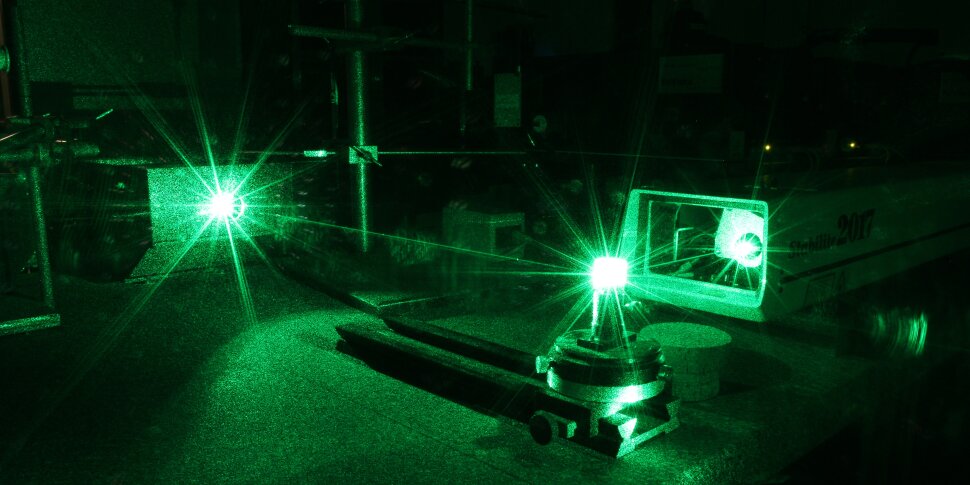The Theory and Spectroscopy of Molecules and Materials (TSM²) group focuses on the development and applications of a variety of infrared and/or Raman based methodologies, and EPR, allowing the characterization of complex (bio)organic molecules and materials. Apart from the traditional infrared and Raman based approaches, research is strongly oriented towards new developments in the field of the related chiroptical methods Vibrational Circular Dichroism (VCD) and Raman Optical Activity (ROA), commonly referred to as Vibrational Optical Activity (VOA).
Specific research lines currently include:
Development of new approaches used to characterized the stereochemistry of small to medium-size molecules. The approaches developed mainly involve Vibrational Circular Dichroism and Raman Optical Activity (ROA). Recent studies further incorporate other spectroscopic techniques such as nuclear magnetic resonance (NMR), electronic circular dichroism (ECD) spectroscopy and optical rotatory dispersion (ORD).
Development and validation of new models based on quantum chemical calculations and Molecular Dynamics simulations to accurately predict spectroscopic properties of conformationally flexible molecules and molecules strongly perturbed by solute-solvent interactions.
State-of-the-art solution phase structural analysis of biomacromolecules, including proteins, saccharides and glycoproteins, by a combined experimental and calculational VOA approach. Specific focus is oriented towards understanding the structural dynamics of intrinsically disordered proteins, both in isolated solution and under realistic cellular conditions (e.g. molecular crowding) and effects of solvent-solute interactions on the Raman Optical Activity spectra of peptides and saccharides.
Development and use of low-temperature high-pressure experimental setups to be used for the infrared and Raman spectroscopic study of solutions in liquid and/or supercritical rare gases. The set- ups are used for a variety of studies situated in the field of physical chemistry, chemical physics and physical organic chemistry. Special focus is oriented towards the study of weak intermolecular complexes held together by weak C-H...X hydrogen, C-Y...X halogen, and/or lone pair...π interactions.
Sustainable Chemistry
The TSM² group is a member of the Sustainable Chemistry Network Antwerp (SusChemA) valorisation consortium, in which we provide services to industrial partners and engage in collaborative research.
